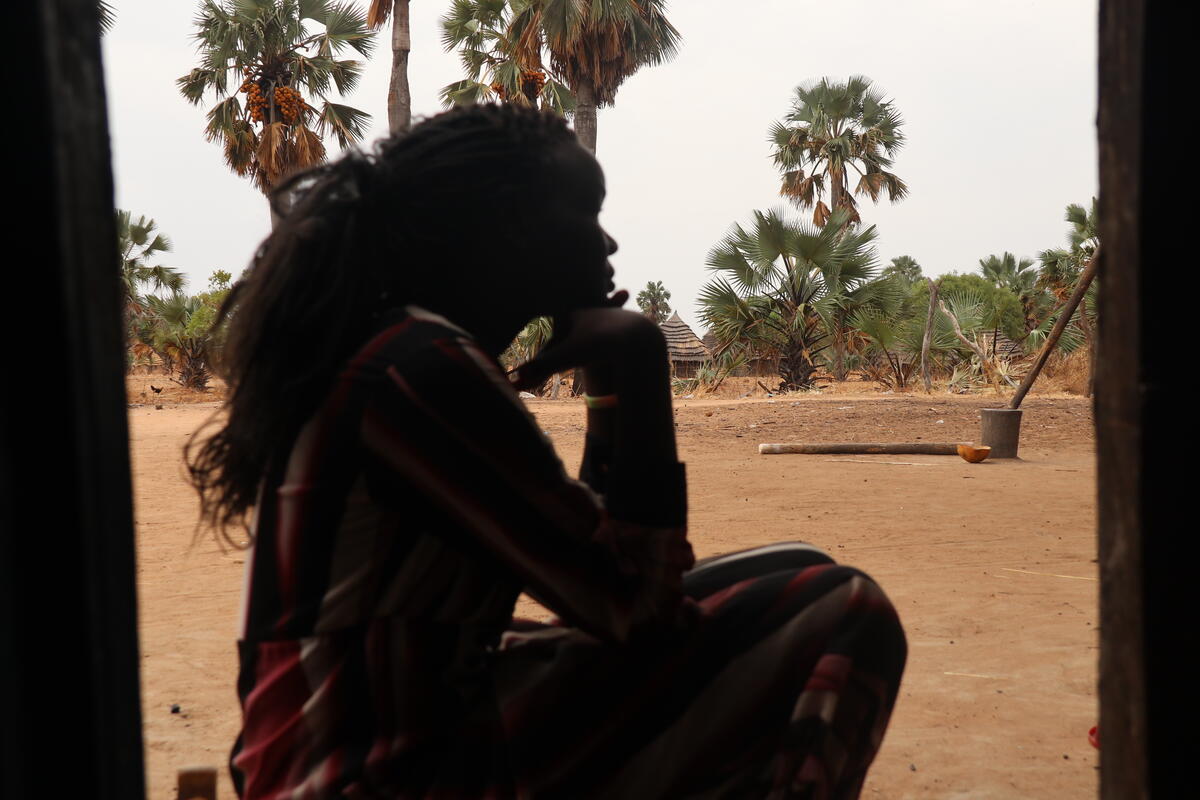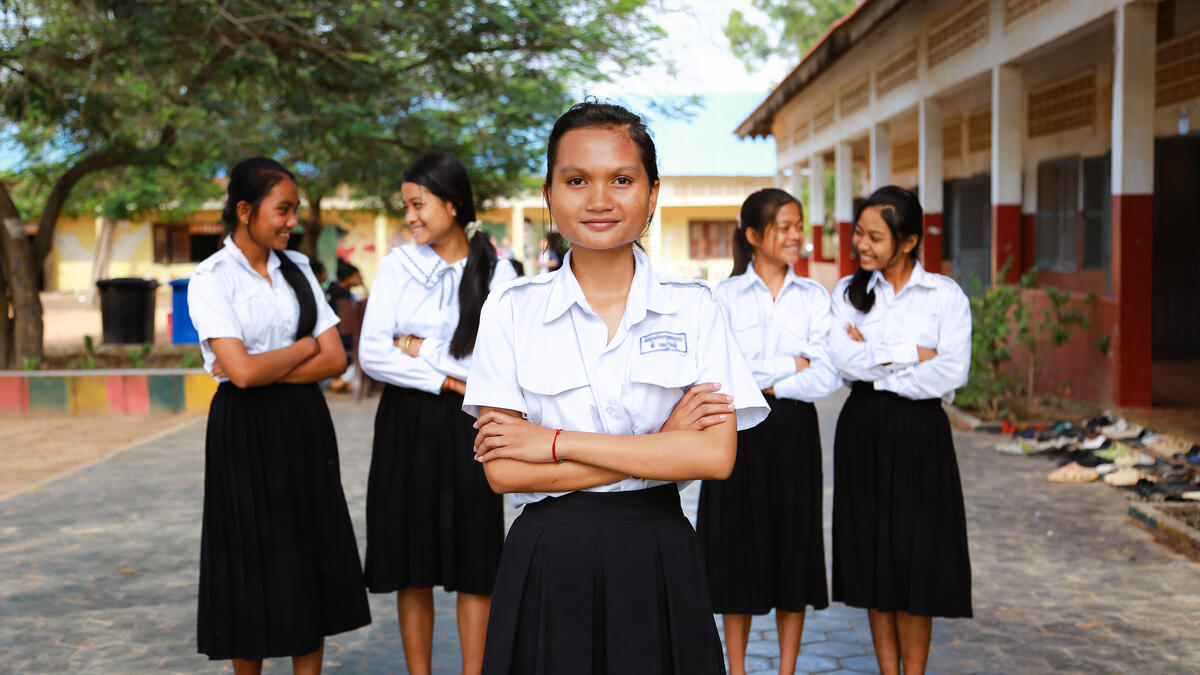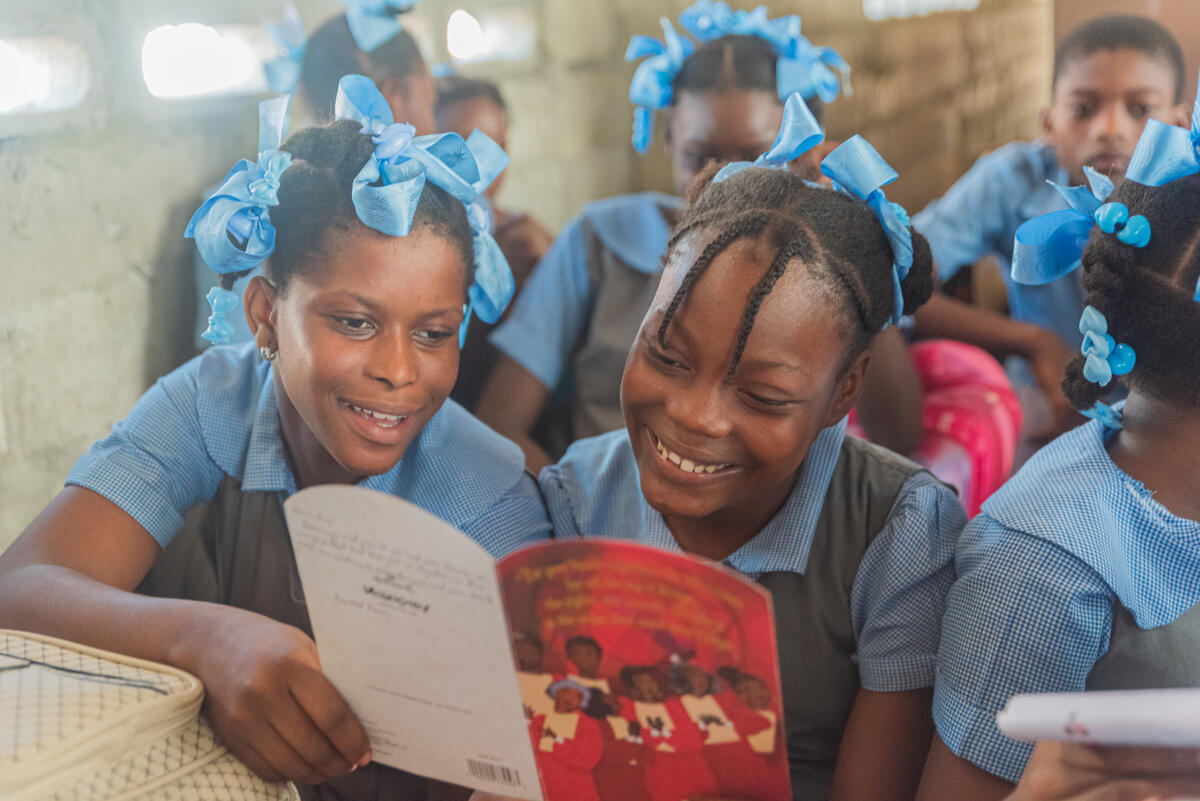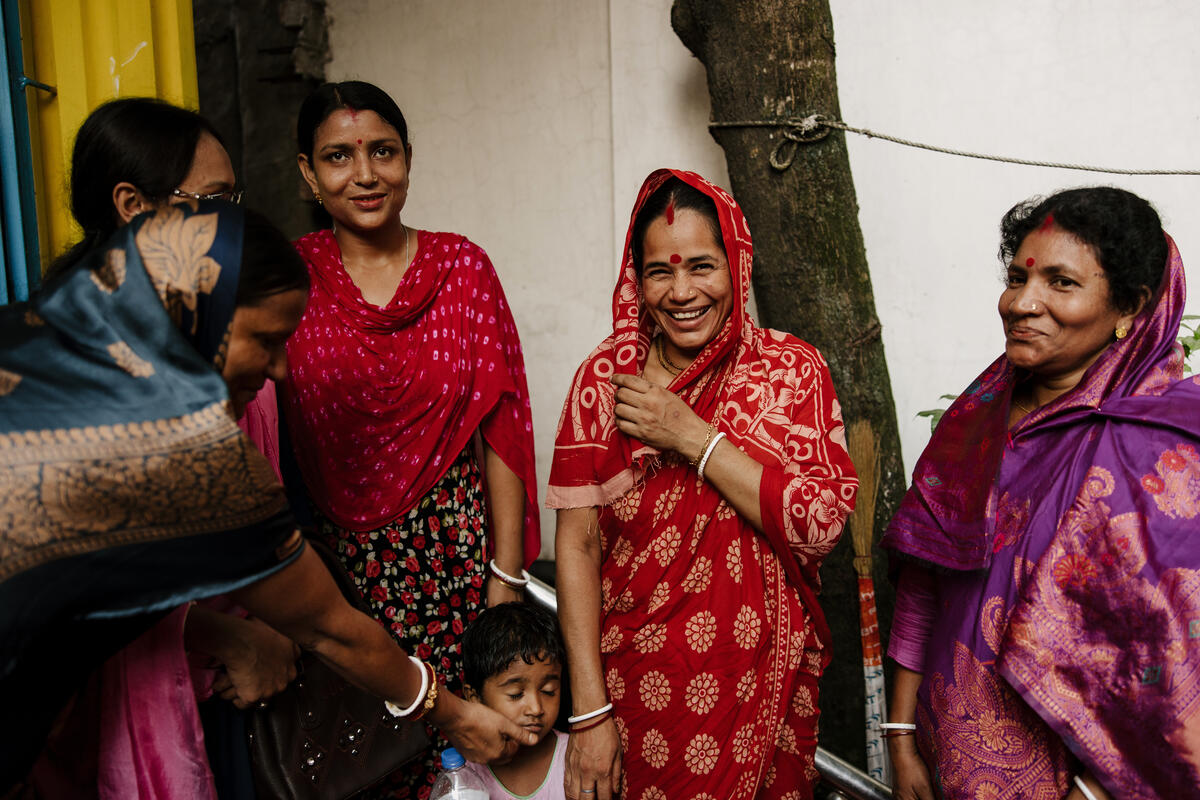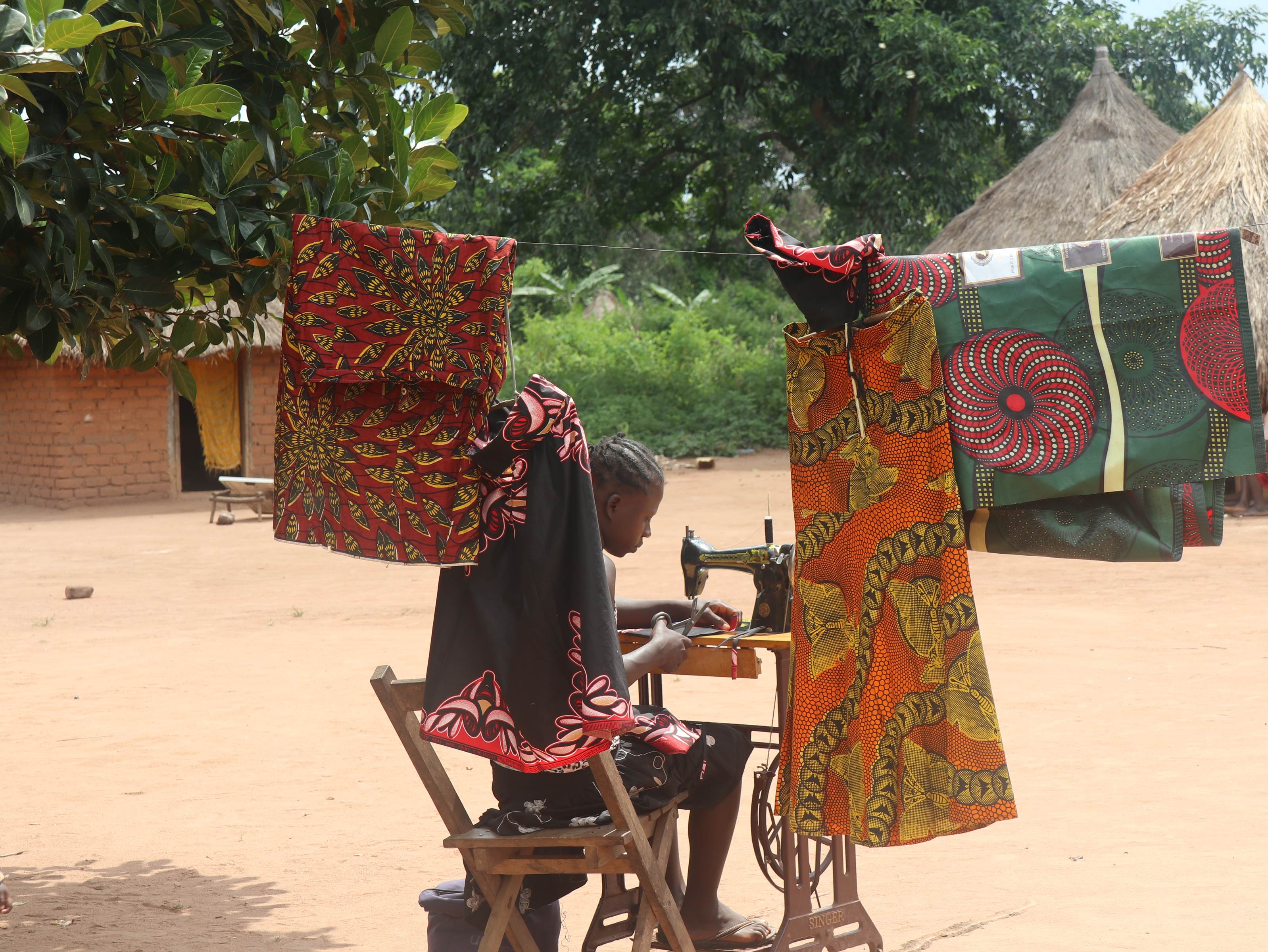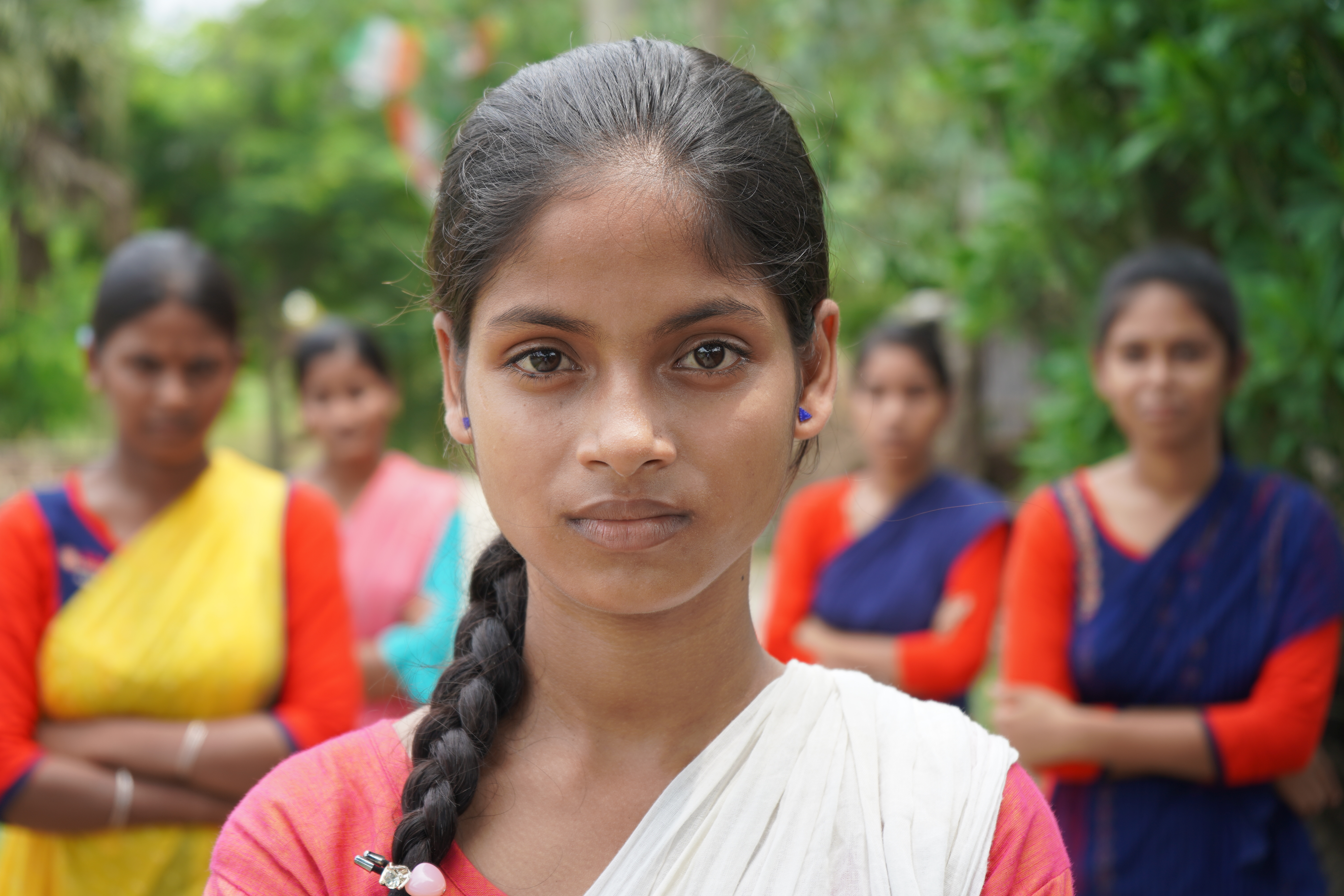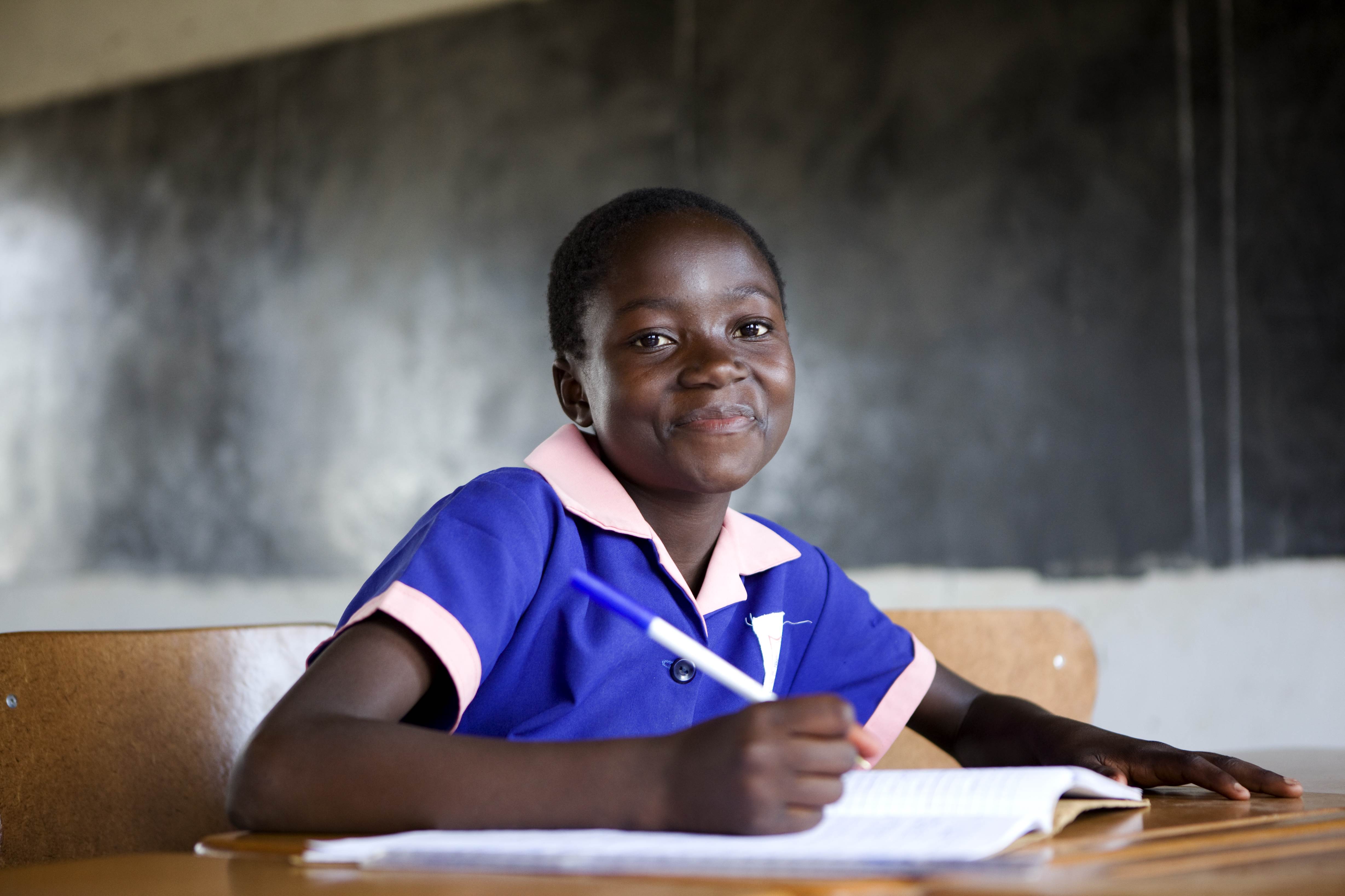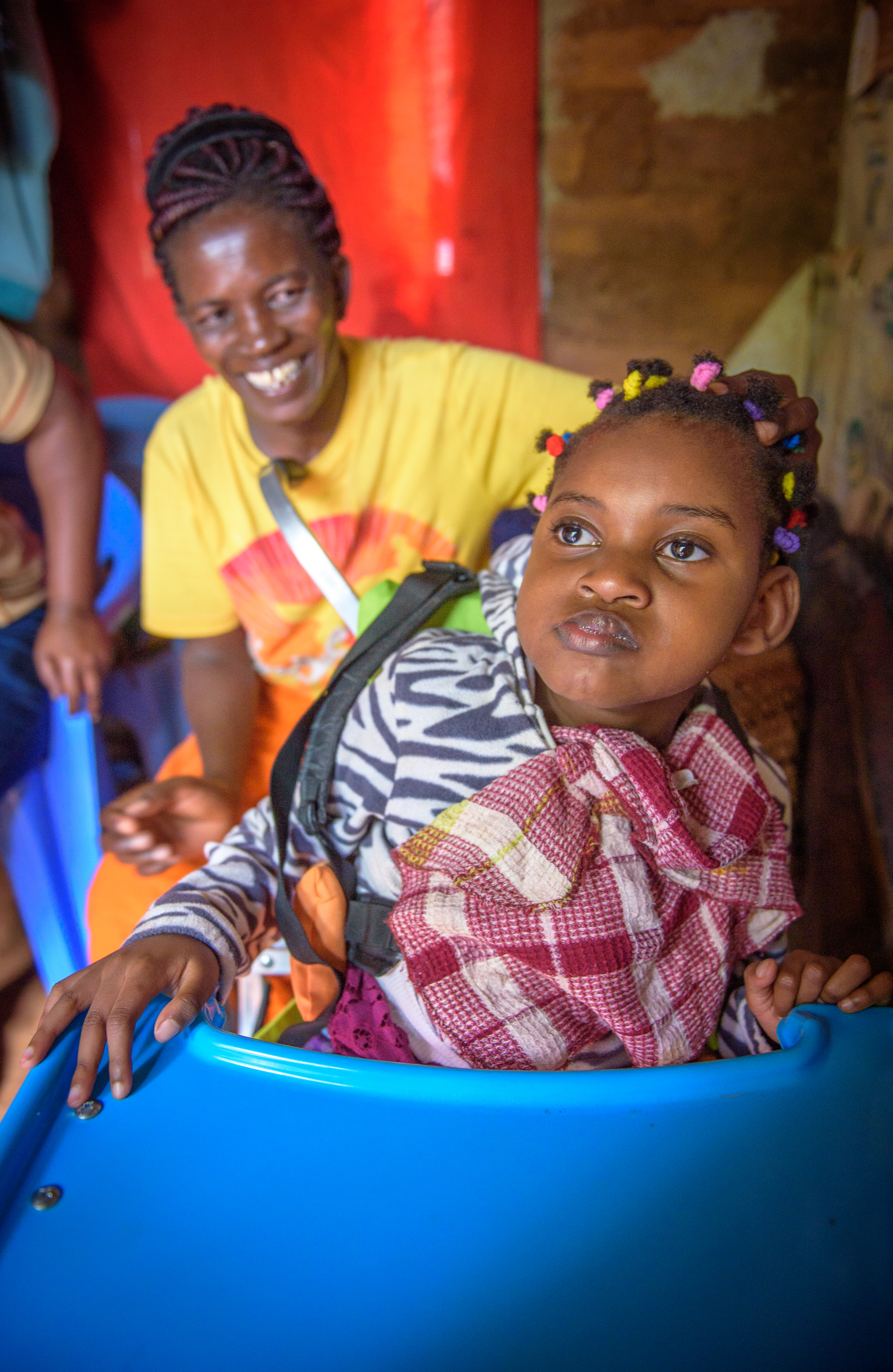What is violence against women and girls?
Violence against women and girls is all too prevalent in the world. It crosses cultures, economic status and ethnicity and affects communities worldwide. The United Nations defines violence against women as “any act of gender-based violence that results in, or is likely to result in, physical, sexual or psychological harm or suffering to women.” It takes many forms; domestic abuse, trafficking, sexual assault, rape, or harmful practices such as child marriage and female genital mutilation/cutting.
The effects of these violent acts can be devastating, and the women and girls who survive them often have to live with physical and mental trauma, and in some cases physical disabilities or permanent damage to their sexual and reproductive health. The ripples of violence reach families, communities and nations; damaging lives forever. This is why World Vision works and campaigns to end violence against women and girls.

